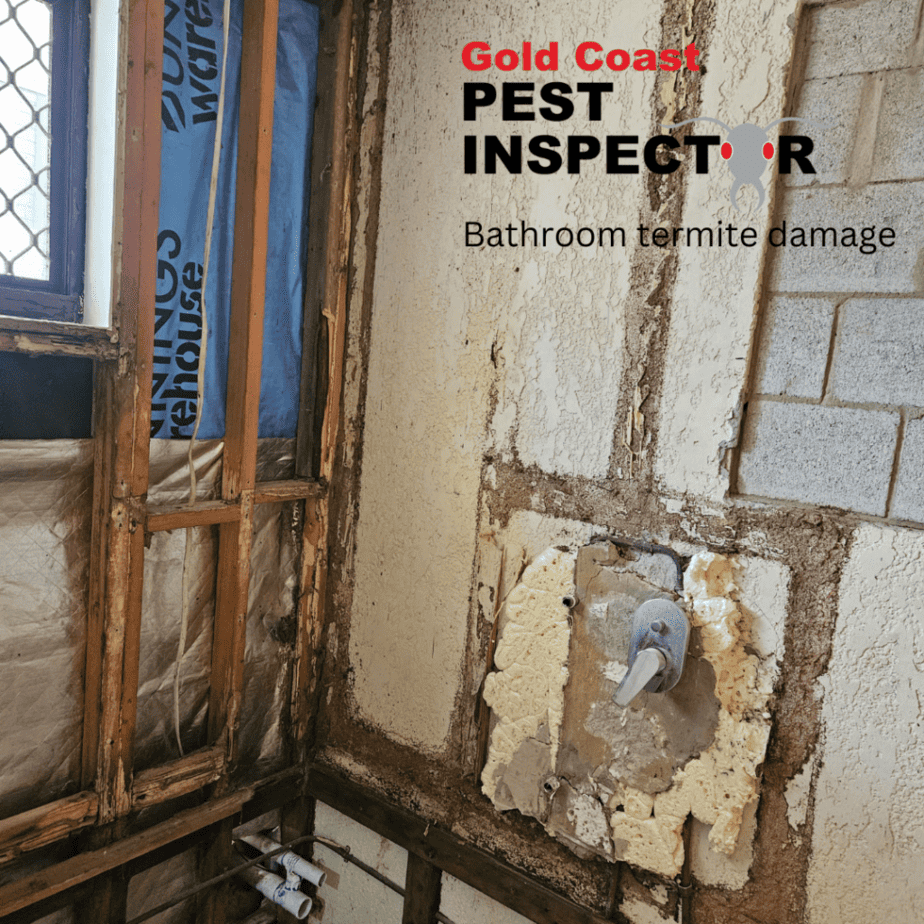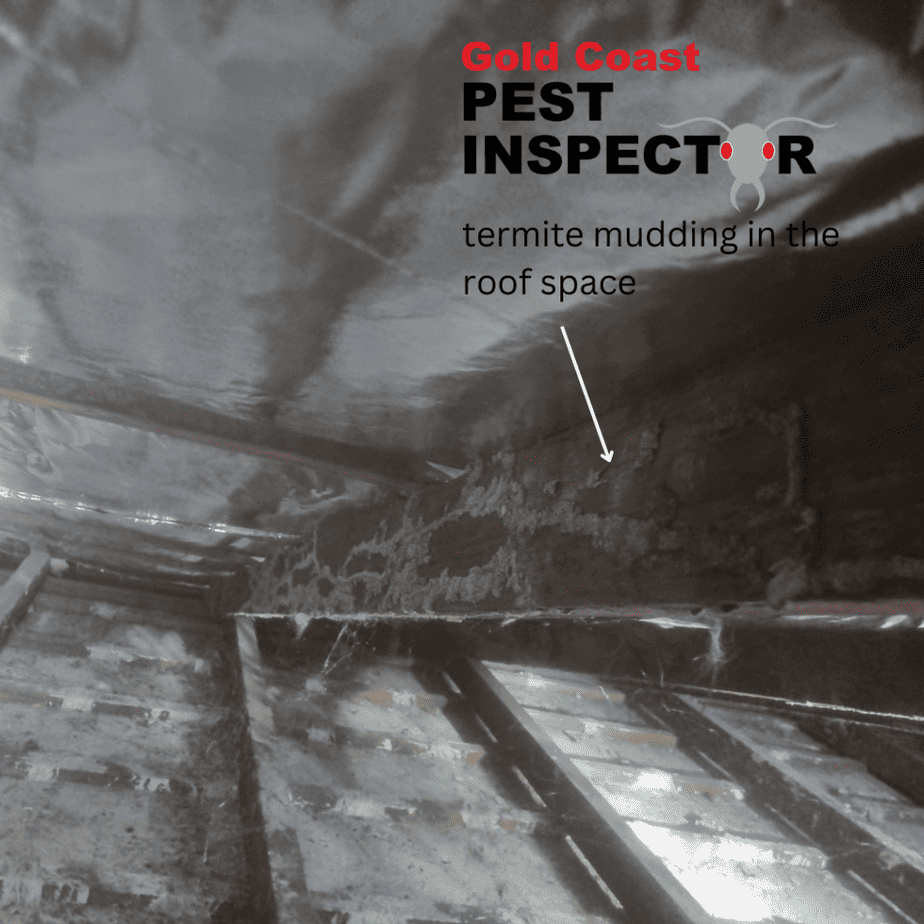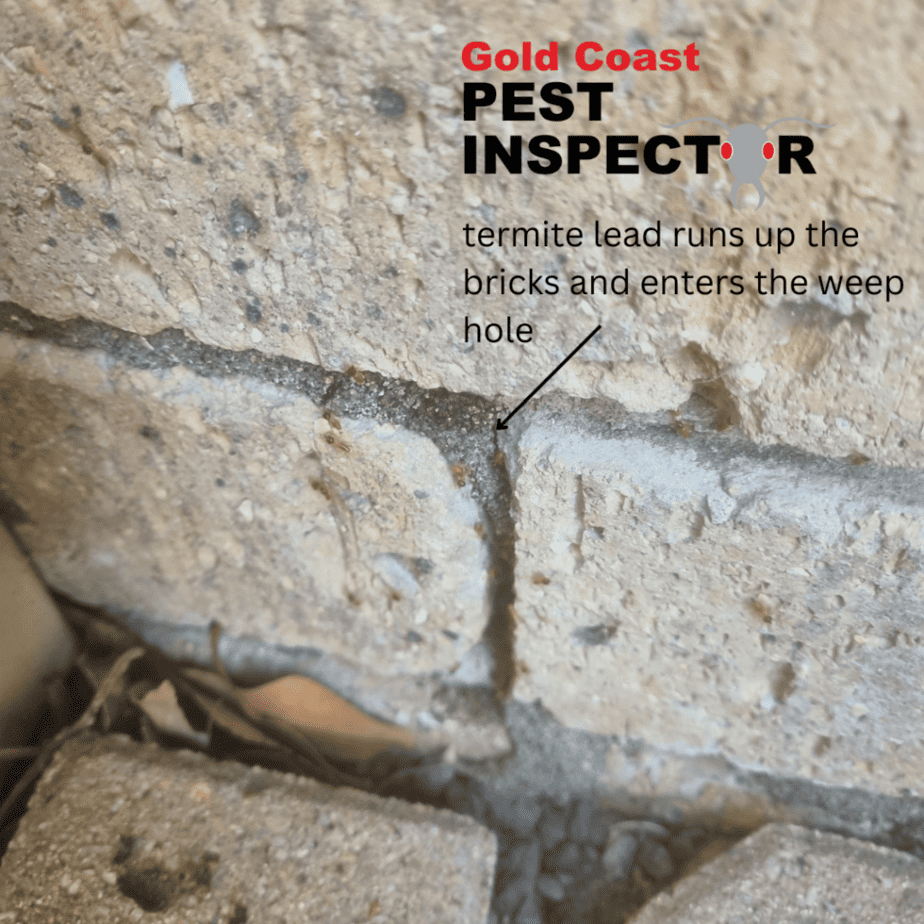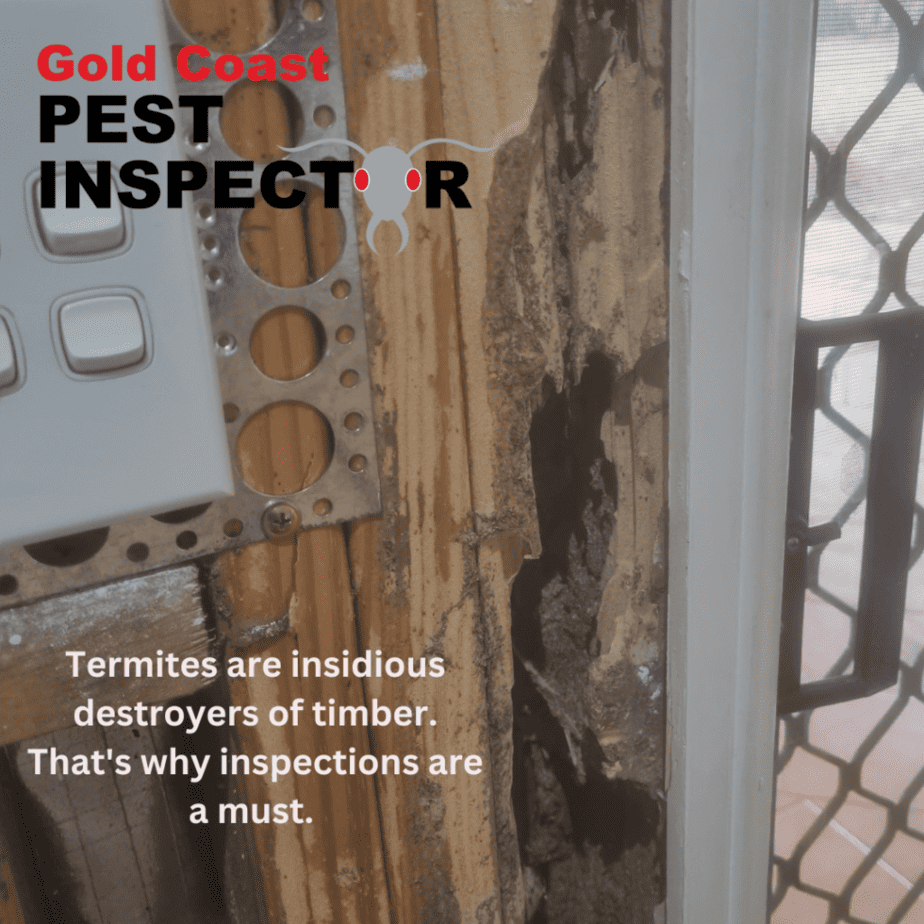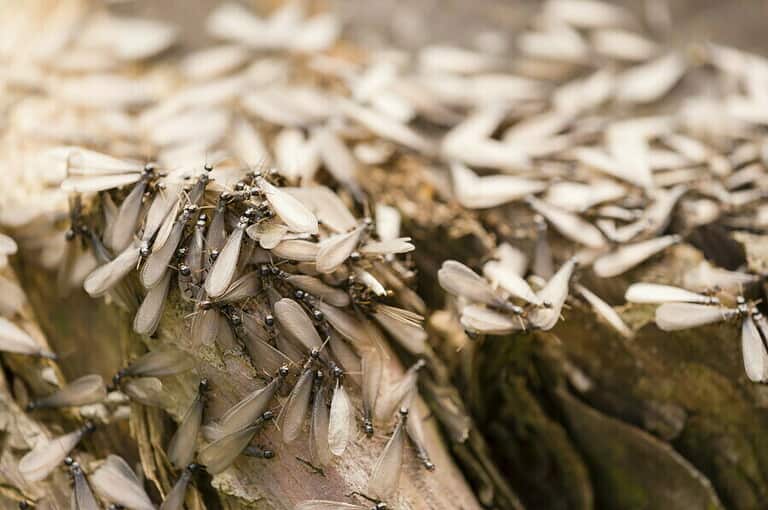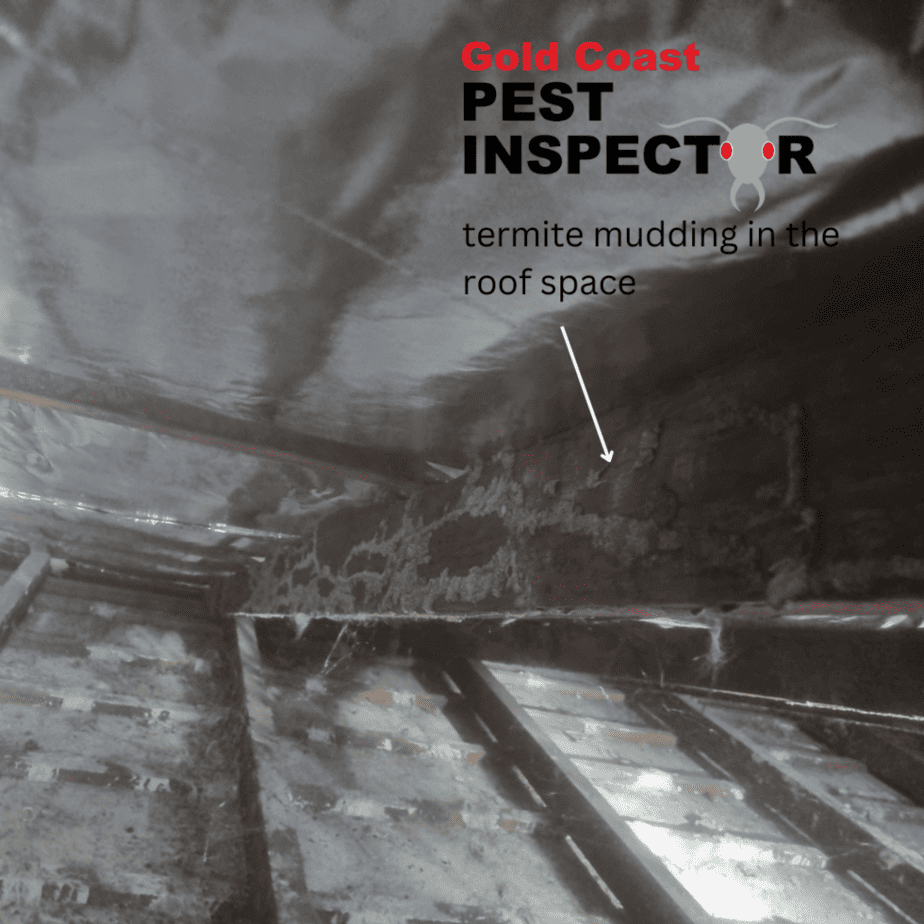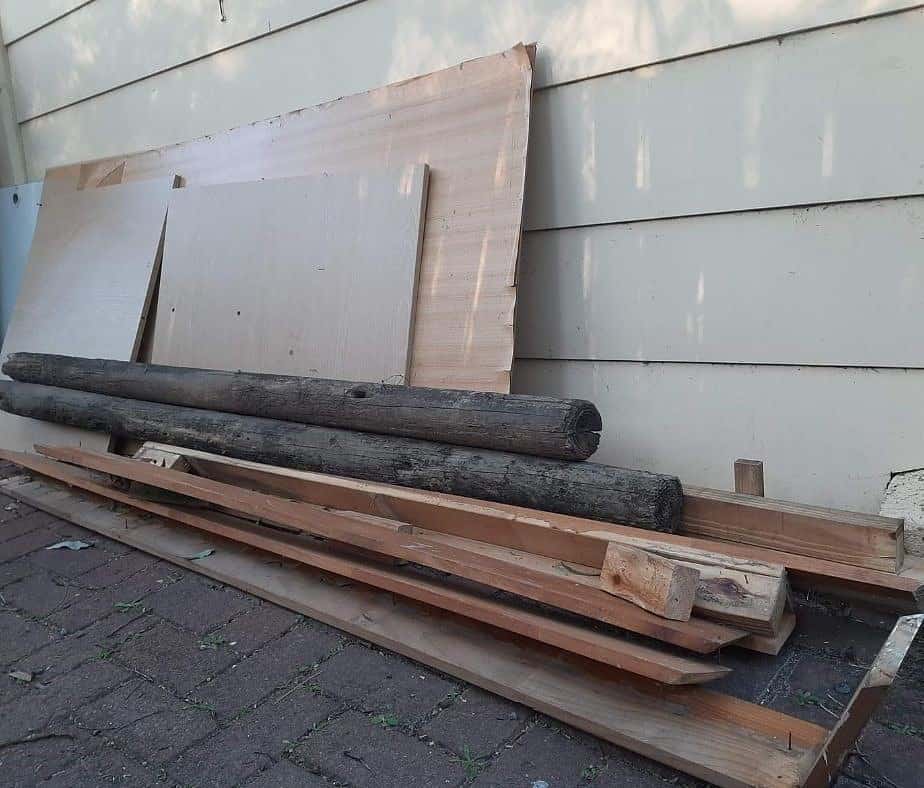Termites: The Silent Destroyers
How to Identify Their Presence in Your Home
Table of Contents
The damage caused by termites
Termites are not just a nuisance; they can wreak havoc on your property. These tiny pests feed on cellulose, which is found in wood and other plant-based materials. They can tunnel through the wooden structures of your home, weakening the foundation and compromising its structural integrity. If left untreated, termite damage can become extensive and costly to repair.
Termites are often referred to as “silent destroyers” because they work silently, hidden away from sight. By the time you notice any visible signs of damage, the infestation may have already reached a critical point. That is why it is crucial to be proactive in identifying termite presence in your home.
Signs of termite infestation
Detecting termite infestation early on can save you from significant damage and expensive repairs. Here are some signs to look out for:
1. Mud tubes
Lorem ipsum dolor sit amet, consectetur adipiscing elit. Ut elit tellus, luctus nec ullamcorper mattis, pulvinar dapibus leo.
2. Hollow-sounding wood
When termites infest wooden structures, they hollow out the insides, leaving only a thin layer of wood on the surface. If you tap on the wood and it sounds hollow or papery, it may be a sign of termite damage. Inspect any wooden structures in your home, such as beams, floorboards, or furniture, for this telltale sign.
3. Discarded wings
Termites shed their wings once they find a suitable place to establish a new colony. If you find discarded wings near windowsills or light fixtures, it could indicate the presence of a termite infestation. These wings are typically about the same size and shape, making them easy to identify.
How to identify termite presence in your home
Now that you are aware of the signs of termite infestation, let’s discuss how to identify their presence in your home.
1. Inspecting for termites
Regular inspections are essential to catch termite infestations early. Start by examining the exterior of your home, paying close attention to areas where wood meets the ground. Look for mud tubes, damaged wood, or any signs of termite activity. Move on to the interior of your home, inspecting areas such as crawl spaces, basements, and attics. If you are unsure about conducting a thorough inspection, it is advisable to hire a professional pest inspection company.
Keep in mind that even professional termite inspectors sometimes have problems identifying termite activity. We’ve posted an article on evidence other inspectors missed.
2. Termite evidence to look out for
Apart from the signs mentioned earlier, there are other termite evidence that can help you identify their presence in your home. Look for small holes in the wood, which termites create as entry points. You may also notice frass, which is termite droppings that resemble sawdust or small pellets. Additionally, if you come across any mud tunnels or termite nests, it is a clear indication of an infestation.
3. Common misconceptions about termites
Before we move on to preventing termite infestation, it is important to address some common misconceptions about termites. One of the most prevalent myths is that termites are only found in old and poorly maintained homes. The truth is that termites can infest any home, regardless of its age or condition. Termites can even infest brick homes. Another misconception is that termites are only active during certain seasons. While termite activity may vary depending on the climate, they can be active year-round in many regions.
Preventing termite infestation
Prevention is key when it comes to dealing with termites. Here are some measures you can take to reduce the risk of termite infestation in your home:
1. Remove wood-to-soil contact
Termites thrive on moisture and cellulose-rich materials, such as wood. To prevent easy access for termites, ensure that there is no direct contact between wooden structures and the soil. Keep firewood, lumber, and other wooden materials elevated and away from the foundation of your home.
2. Maintain proper ventilation
Termites are attracted to moist environments. Ensure that your home has proper ventilation, especially in areas prone to moisture buildup, such as basements and crawl spaces. Use dehumidifiers if necessary to keep humidity levels in check.
3. Regular maintenance
Regular maintenance of your home is crucial in preventing termite infestations. Repair any leaks in plumbing or roof, as moisture can attract termites. Keep gutters clean and ensure water drains away from your home’s foundation. Trim tree branches and shrubs away from the house, as they can provide a pathway for termites to enter.
Hiring professional pest control for termite treatment
While prevention is essential, sometimes professional intervention is necessary to combat a termite infestation. If you suspect termite presence in your home or have identified signs of infestation, it is advisable to hire a professional pest control company. They have the expertise, tools, and knowledge to effectively treat and eliminate termites from your property. A professional inspection and treatment can provide you with peace of mind and protect your home from further damage.

